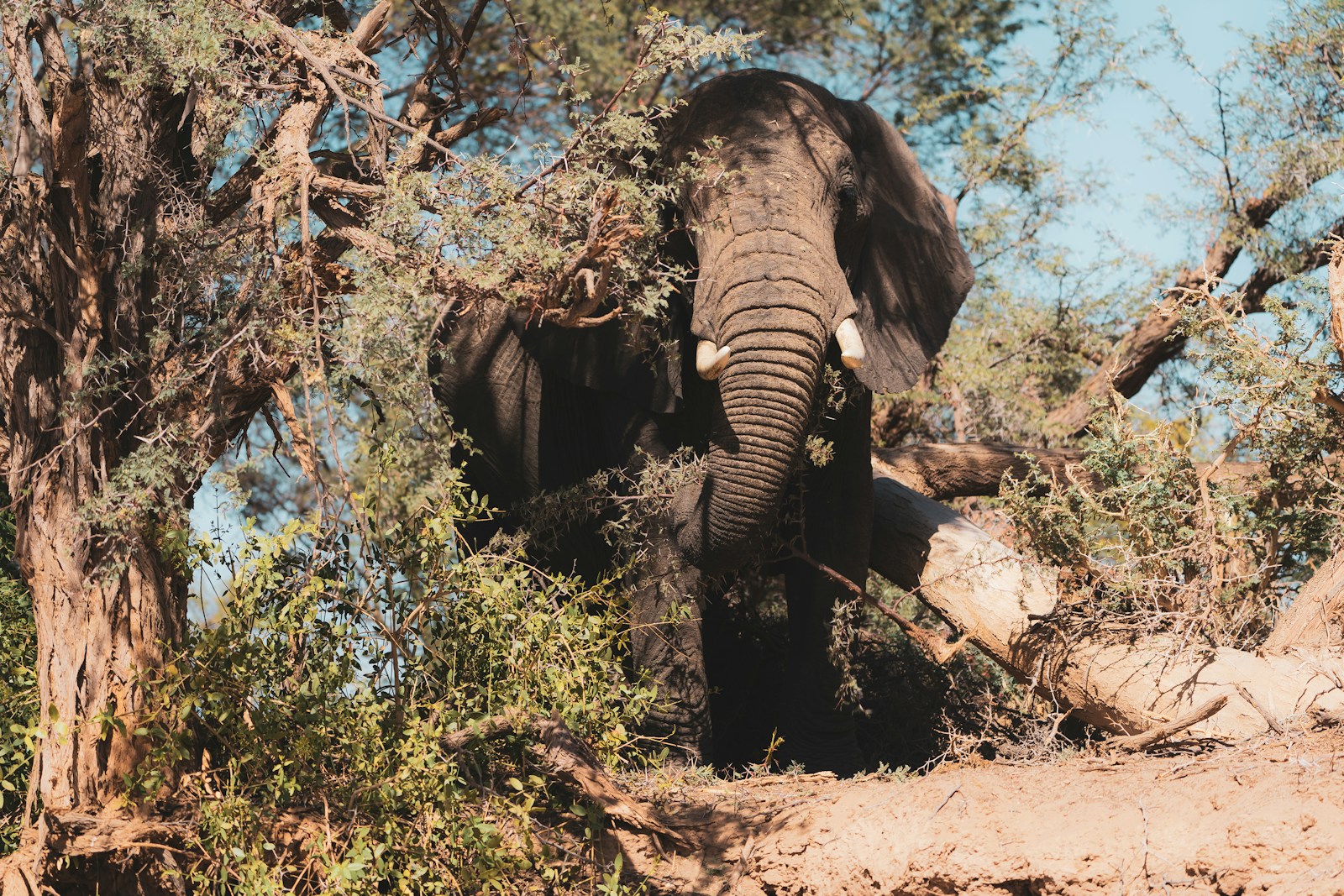Fire is often seen as a destructive force, sweeping through landscapes and leaving behind charred remnants of once-thriving ecosystems. However, this perspective only captures part of fire’s complex relationship with nature. In many ecosystems worldwide, fire plays a vital ecological role—functioning not as a destroyer, but as a regenerator and essential component of habitat health. From the prairies of North America to the bushlands of Australia, controlled burns and natural fire cycles help maintain biodiversity, clear out invasive species, and create the specific conditions many plants and animals have evolved to depend on. This article explores how fire, when properly understood and managed, serves as a powerful tool for wildlife habitat restoration and ecological balance, challenging our perception of this elemental force and revealing its role as a crucial ally in conservation efforts.
The Ecological Role of Fire in Natural Systems
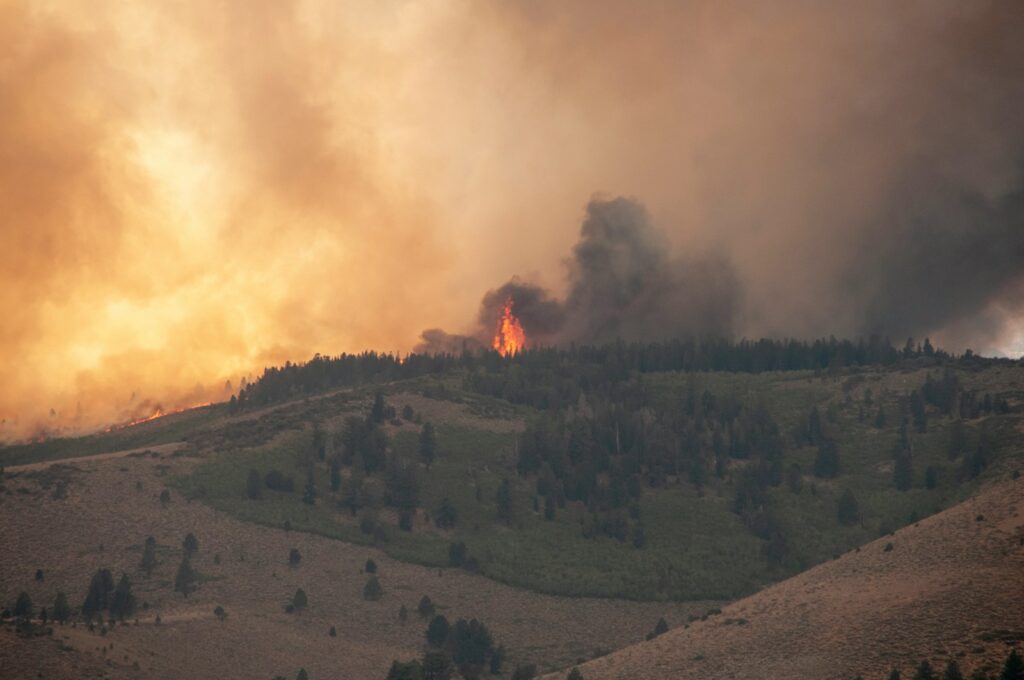
Fire has been a natural component of many ecosystems for millions of years, shaping landscapes long before human intervention. In fire-adapted ecosystems, periodic burns serve as a reset button, clearing dead vegetation, releasing nutrients back into the soil, and triggering reproductive cycles in fire-dependent plant species. These systems have evolved complex relationships with fire, where certain plant species have developed specialized adaptations such as serotinous cones that only release seeds after exposure to high temperatures. Without regular fire intervals, these ecosystems can become unhealthy, leading to excessive fuel buildup, decline in native species diversity, and vulnerability to catastrophic wildfires. Understanding this historical context helps conservation managers recognize fire not as an intrusion but as a missing ecological process that requires reintroduction for ecosystem health.
Fire-Dependent Species: Evolution’s Response to Flames
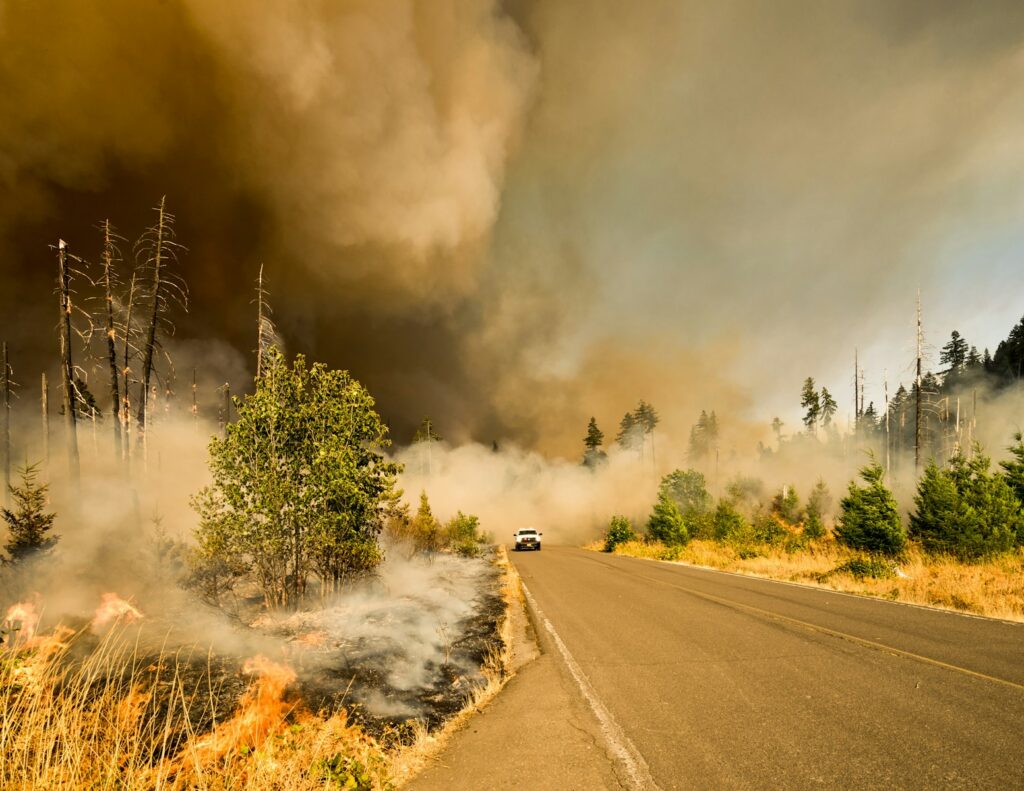
Across the globe, countless plant and animal species have evolved specific adaptations that not only allow them to survive fires but actually require fire to complete their life cycles. The lodgepole pine and jack pine of North America possess serotinous cones that remain sealed with resin until the intense heat of a wildfire melts this seal, releasing seeds into freshly cleared, nutrient-rich soil. Similarly, many prairie grasses have developed extensive root systems that remain protected underground during surface fires, allowing them to quickly resprout afterward. Some flowering plants in fire-prone regions produce underground storage organs called corms or bulbs that remain dormant until fire triggers their growth cycle. Even certain fungi, like the aptly named “fire morel” (Morchella elata), fruit prolifically in recently burned areas, demonstrating nature’s remarkable capacity to not just tolerate but incorporate fire into biological processes.
Fire Suppression: The Unintended Consequences

Throughout much of the 20th century, fire management in many countries centered around a policy of aggressive suppression, driven by the belief that all wildfires were inherently destructive. This approach, while well-intentioned, led to profound ecological changes in fire-adapted ecosystems worldwide. Without regular burning, forests and grasslands experienced unprecedented fuel accumulation, setting the stage for unnaturally intense and devastating wildfires when ignition eventually occurred. In the American West, decades of fire suppression transformed open ponderosa pine forests into dense thickets vulnerable to crown fires that kill even fire-resistant mature trees. Suppression also allowed fire-sensitive invasive species to gain footholds in ecosystems where periodic burns would naturally have eliminated them. Perhaps most concerning, many fire-dependent species began declining as their habitats changed and reproduction triggers disappeared, creating cascading effects through entire food webs and demonstrating how removing fire from systems that evolved with it fundamentally alters their ecological character.
Prescribed Burns: Reintroducing Fire as a Management Tool
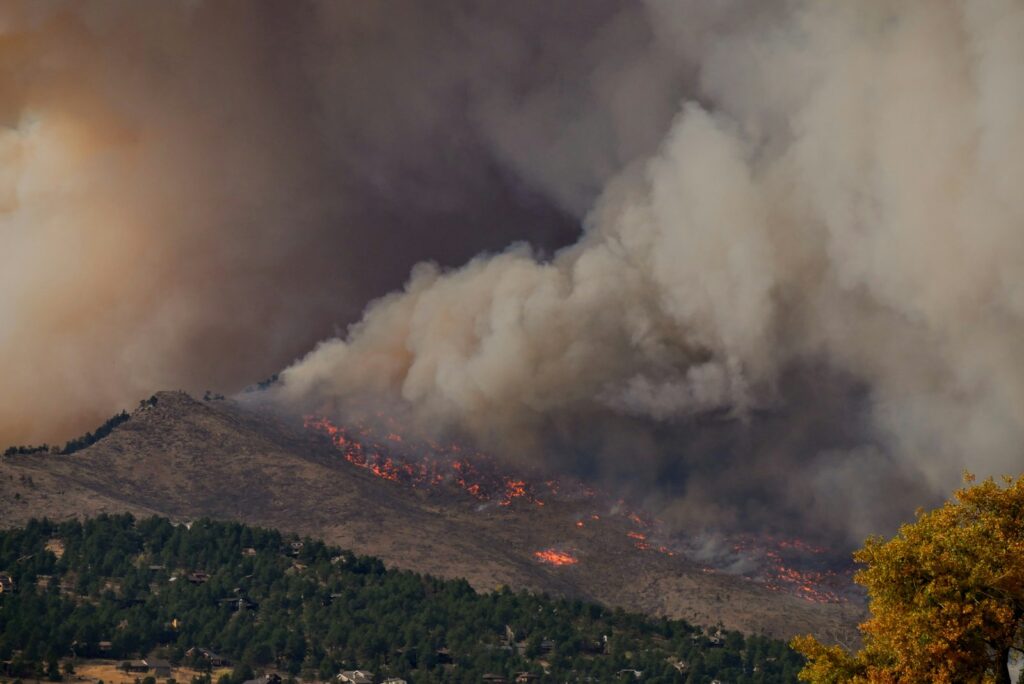
Prescribed burns—carefully planned and controlled fires intentionally set by land managers—have emerged as a critical tool for restoring fire’s ecological role while minimizing risks to human communities. These managed burns follow detailed prescriptions that specify acceptable conditions for weather, fuel moisture, and staffing to ensure fires behave predictably and achieve specific restoration goals. Modern prescribed burning programs typically aim to mimic historical fire regimes in terms of frequency, intensity, and seasonality, tailored to local ecosystem needs. The benefits extend beyond fuel reduction to include invasive species control, improved wildlife habitat structure, increased plant diversity, and enhanced ecosystem resilience. While public concern about smoke and escape risk sometimes creates resistance to prescribed burning programs, land management agencies increasingly emphasize community education about fire’s ecological benefits and the contrast between controlled burns and catastrophic wildfires. When implemented with proper planning and resources, prescribed burns represent one of the most effective tools available for large-scale habitat restoration in fire-adapted ecosystems.
Forest Regeneration Following Fire Events
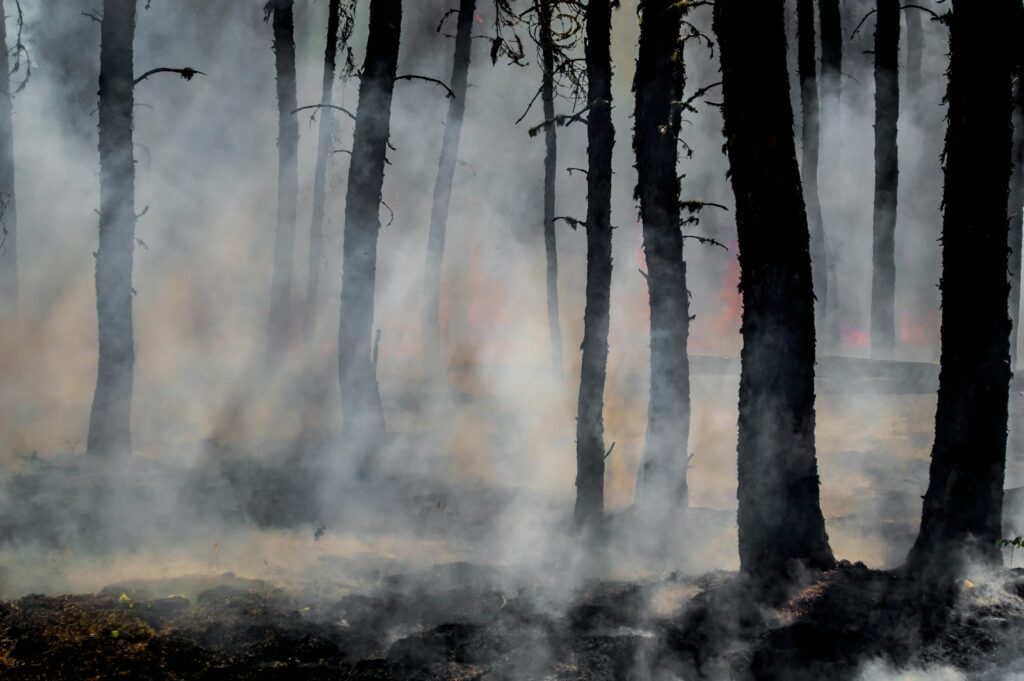
The aftermath of fire in forest ecosystems follows remarkably predictable patterns of succession that ultimately lead to habitat renewal. In the days immediately following a burn, nutrients previously locked in vegetation become available in ash, creating a temporary fertilization effect that jump-starts regrowth. Within weeks, fire-adapted grasses and forbs emerge from surviving roots or seed banks, beginning the first stage of forest regeneration that provides crucial food for returning wildlife. This early successional habitat, characterized by abundant sunlight reaching the forest floor, supports distinct communities of plants and animals specialized for post-fire conditions. The mosaic of burn severities typical in natural fires creates habitat heterogeneity, with intensely burned patches alongside lightly affected areas, maximizing biodiversity across the landscape. Even standing dead trees, called snags, provide critical habitat features for cavity-nesting birds and become important structural components of the regenerating forest. This process of renewal after fire demonstrates the remarkable resilience built into fire-adapted systems and their capacity to not just recover but thrive following disturbance.
Grassland and Prairie Restoration Through Fire
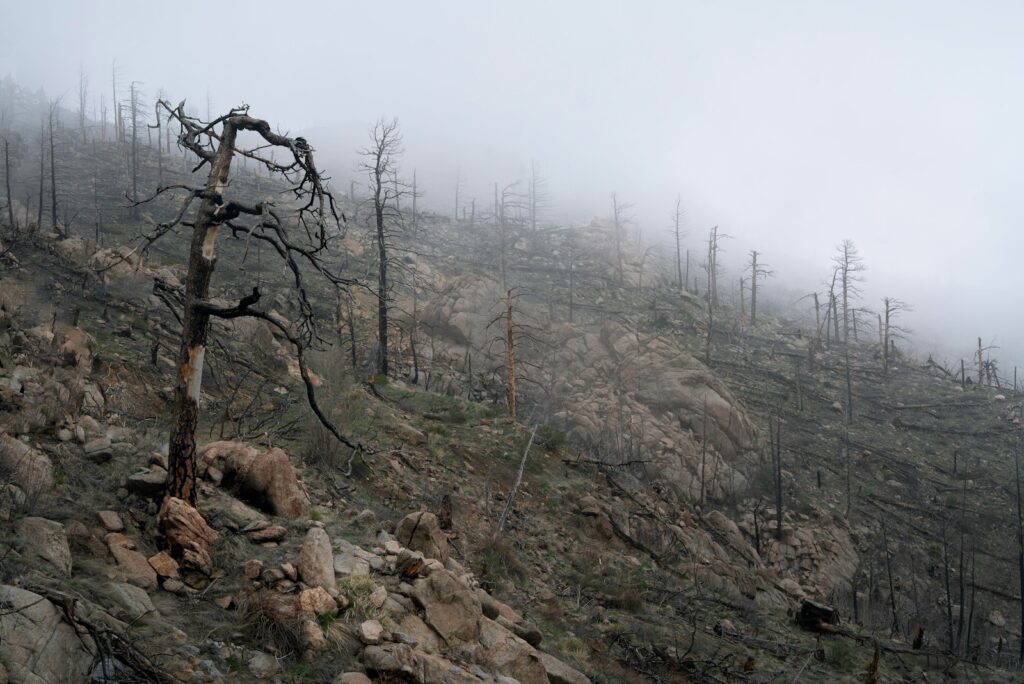
Grassland ecosystems represent some of the most fire-dependent habitats on Earth, having co-evolved with regular burning for thousands of years. Without fire, many prairie and savanna systems gradually transition to woody vegetation as trees and shrubs encroach, fundamentally altering habitat structure and species composition. Strategic application of prescribed fire in these systems effectively pushes back this woody encroachment, maintaining the open character that grassland-dependent wildlife require. Fire’s impact on grasslands extends beyond controlling woody vegetation—it also removes accumulated thatch (dead grass material) that can otherwise smother new growth and reduce plant diversity. Research consistently shows that burned prairies support higher diversity of native flowering plants compared to unburned areas, creating better habitat for pollinators and the wildlife that depends on them. For declining grassland birds like the greater prairie-chicken and Henslow’s sparrow, the habitat structural changes created by periodic fire are essential for successful breeding and population sustainability.
Wildlife Response to Post-Fire Landscapes
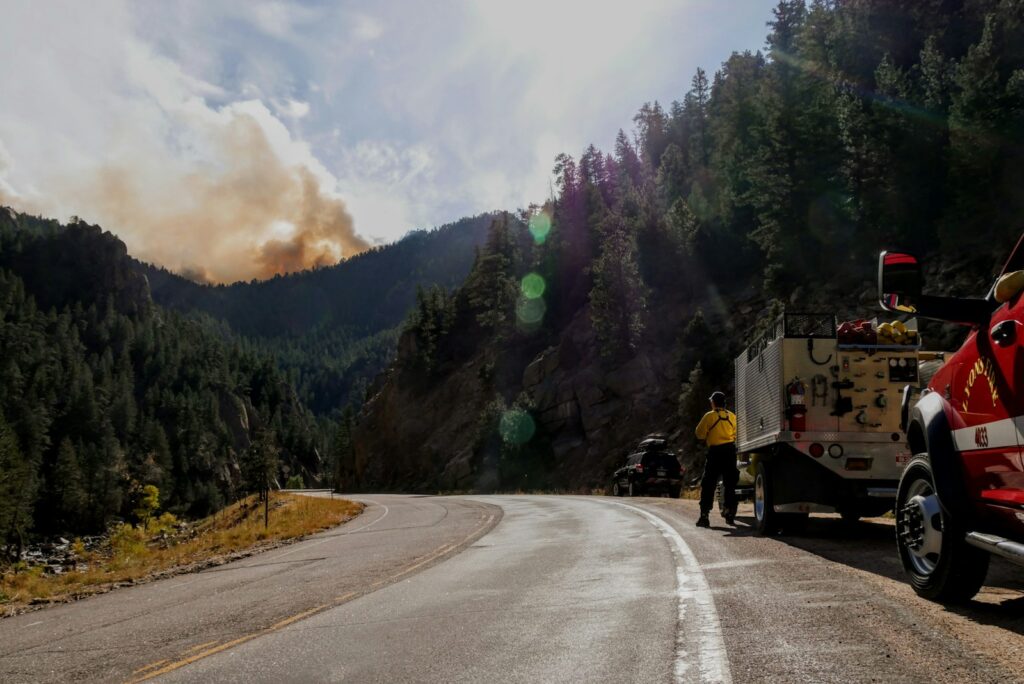
Different wildlife species respond to fire in remarkably diverse ways, reflecting evolutionary adaptations to this natural disturbance. Some animals, like many reptiles and small mammals, may temporarily retreat underground or to unburned refuge areas during a fire, quickly returning to take advantage of newly available resources afterward. Large herbivores such as elk and deer often preferentially graze in recently burned areas, attracted by the nutritious regrowth of vegetation that emerges following fire. For predators, these congregations of prey species in burned areas create hunting opportunities, demonstrating how fire effects cascade through entire food webs. Bird communities undergo significant shifts after fire, with some species like black-backed woodpeckers specializing in recently burned forests where they feed on bark beetles colonizing fire-killed trees. Research using GPS tracking and camera traps increasingly reveals that many species not only survive fires but actively select burned areas during certain life stages, challenging earlier assumptions about wildlife uniformly avoiding burned habitat and highlighting the ecological importance of maintaining fire-created habitat diversity across landscapes.
Indigenous Fire Practices and Ecological Knowledge
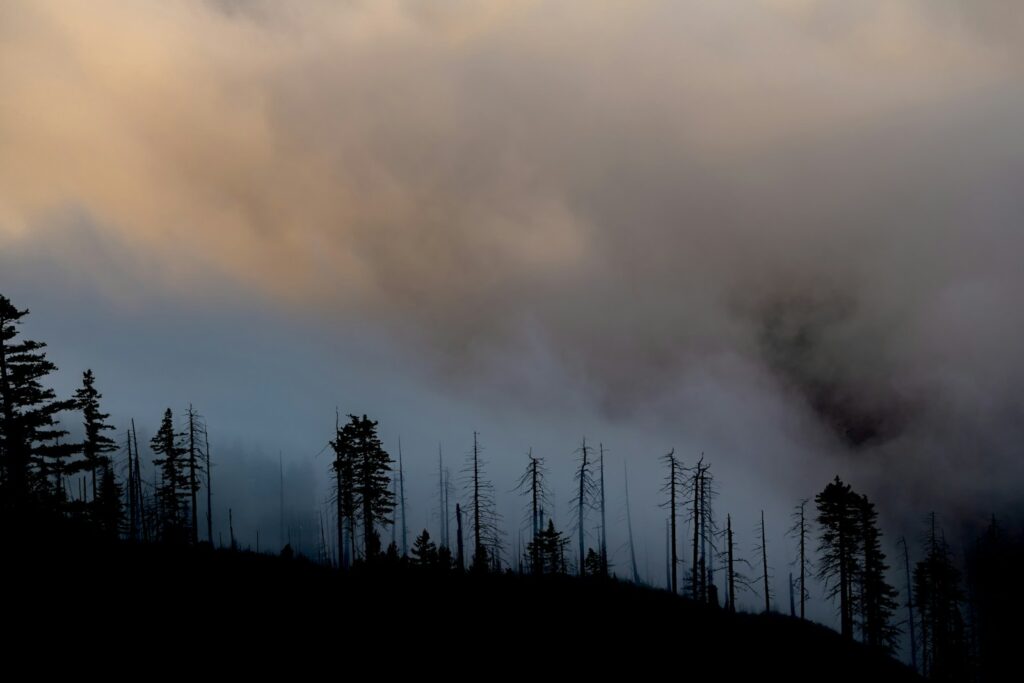
Long before modern fire management emerged as a scientific discipline, indigenous peoples around the world developed sophisticated fire stewardship practices shaped by generations of ecological observation. From Australian Aboriginal fire management to Native American burning practices, these traditional approaches typically involved frequent, low-intensity burns applied with specific timing to achieve desired landscape outcomes. Indigenous burning created habitat mosaics supporting diverse wildlife, maintained culturally important food plants like camas and huckleberries, and reduced the risk of catastrophic wildfires near settlements. The depth of this traditional ecological knowledge is increasingly recognized by contemporary fire scientists, who note that indigenous burning practices often aligned perfectly with the ecological needs of local ecosystems. Collaborative partnerships between indigenous communities and government agencies are now restoring these traditional fire practices in many regions, combining ancestral knowledge with modern fire science to address contemporary conservation challenges. This cultural burning renaissance represents both an acknowledgment of indigenous ecological expertise and a practical pathway toward more sustainable fire relationships in fire-adapted landscapes.
Challenges in Fire-Based Habitat Restoration

Despite its ecological benefits, implementing fire-based habitat restoration faces numerous challenges in the modern world. The expansion of human development into wildland areas creates complex wildland-urban interfaces where prescribed burning carries heightened risks and often faces community opposition. Air quality regulations, while essential for public health, can significantly constrain burning opportunities, particularly near populated areas where smoke impacts are a concern. Climate change further complicates fire management by extending fire seasons, creating more extreme weather conditions, and altering historical fire regimes in ways that challenge traditional approaches. Fragmented land ownership patterns often mean restoration burns must coordinate across multiple jurisdictions with different management priorities and risk tolerances. Even within conservation organizations, institutional capacity limitations regarding trained fire personnel, equipment, and funding can restrict the scale of fire-based restoration programs. Addressing these challenges requires innovative approaches like strategic fuel reduction around communities, improved smoke prediction models, increased training programs for fire practitioners, and policy frameworks that better balance ecological burning needs with human safety concerns.
Case Studies: Successful Fire Restoration Projects
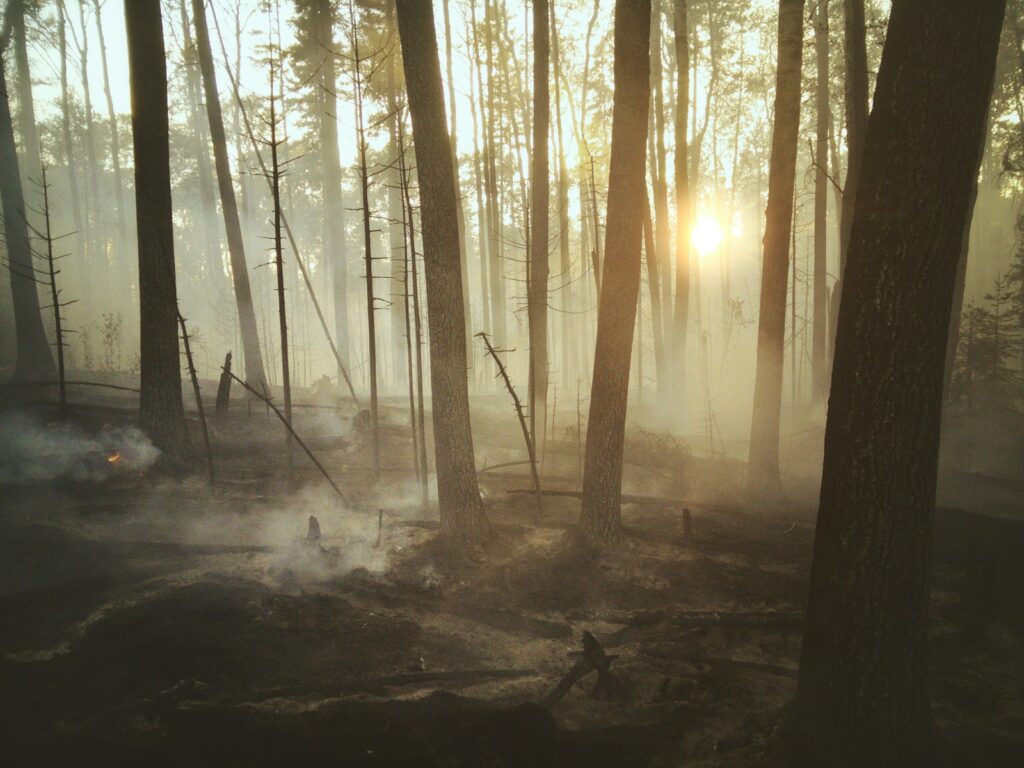
The Loess Hills of western Iowa showcase a remarkable fire restoration success story, where strategic prescribed burning transformed degraded, woody-encroached prairies back to diverse grasslands supporting rare butterfly species and prairie-dependent birds. In this landscape, a coordinated burning program between conservation organizations, private landowners, and state agencies has restored thousands of acres over decades, demonstrating the cumulative impact of consistent fire management. Similarly, the longleaf pine ecosystems of the southeastern United States have experienced significant recovery through fire restoration, with regular burning helping this once-dominant forest type reclaim areas where it had been reduced to less than 3% of its historical range. The endangered red-cockaded woodpecker, which requires mature fire-maintained pine forests, has responded positively to these restoration efforts, with population increases in areas with consistent burning programs. In California’s Sierra Nevada mountains, ecologically-informed fire management in Yosemite National Park has successfully restored forest structural complexity and reduced catastrophic fire risk while creating habitat conditions that support species diversity. These success stories share common elements: long-term commitment, adaptive management approaches, community engagement, and monitoring programs that document ecological responses to fire treatments.
Fire and Climate Change: Adapting Restoration Approaches
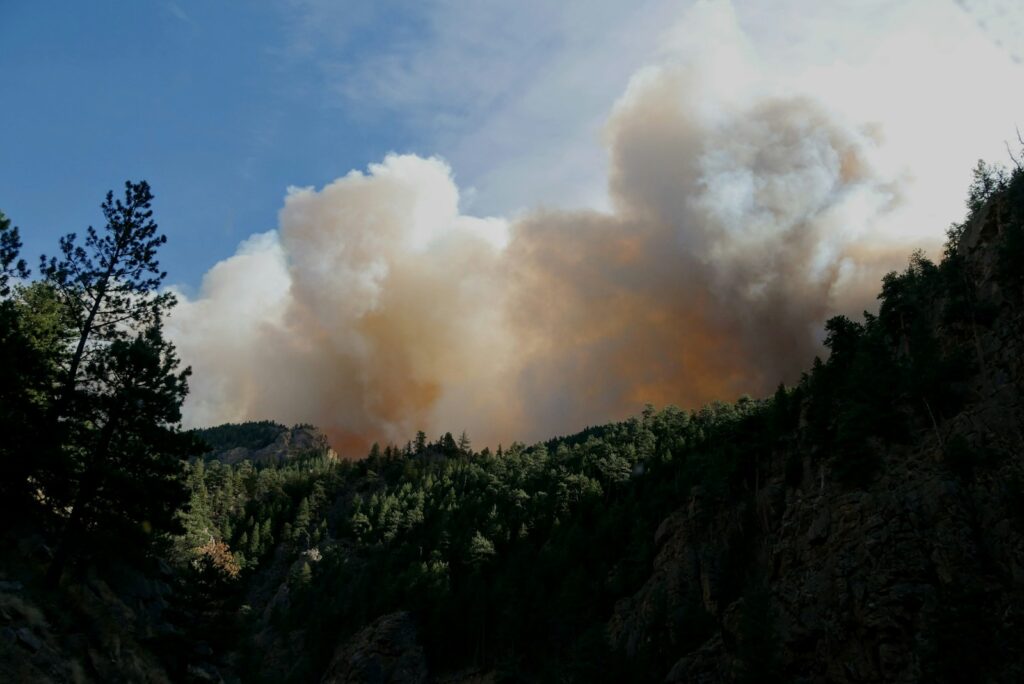
Climate change is fundamentally altering fire dynamics worldwide, forcing habitat restoration practitioners to adapt their approaches to new realities. Rising temperatures, changing precipitation patterns, and extended drought conditions are creating novel fire environments that may not align with historical reference conditions traditionally used in restoration planning. Forward-thinking restoration programs now incorporate climate change projections into their strategies, considering how vegetation communities might shift and planning for ecosystem transitions rather than rigid adherence to historical baselines. This might involve adjusting burn timing to account for longer fire seasons, modifying fire intensity to address changing fuel conditions, or even facilitating transitions to more fire-adapted vegetation types in areas where climate change makes historical communities unsustainable. The concept of managing for ecosystem resilience—the ability to recover from disturbance while maintaining essential functions—has become central to climate-informed fire restoration, often requiring more frequent but less intense burns to reduce fuel accumulation in increasingly fire-prone landscapes. Despite these challenges, fire remains an essential tool for building ecosystem resilience to climate change itself, as fire-maintained systems typically show greater drought tolerance, carbon sequestration capacity, and biodiversity than fire-excluded alternatives.
The Future of Fire Ecology in Conservation
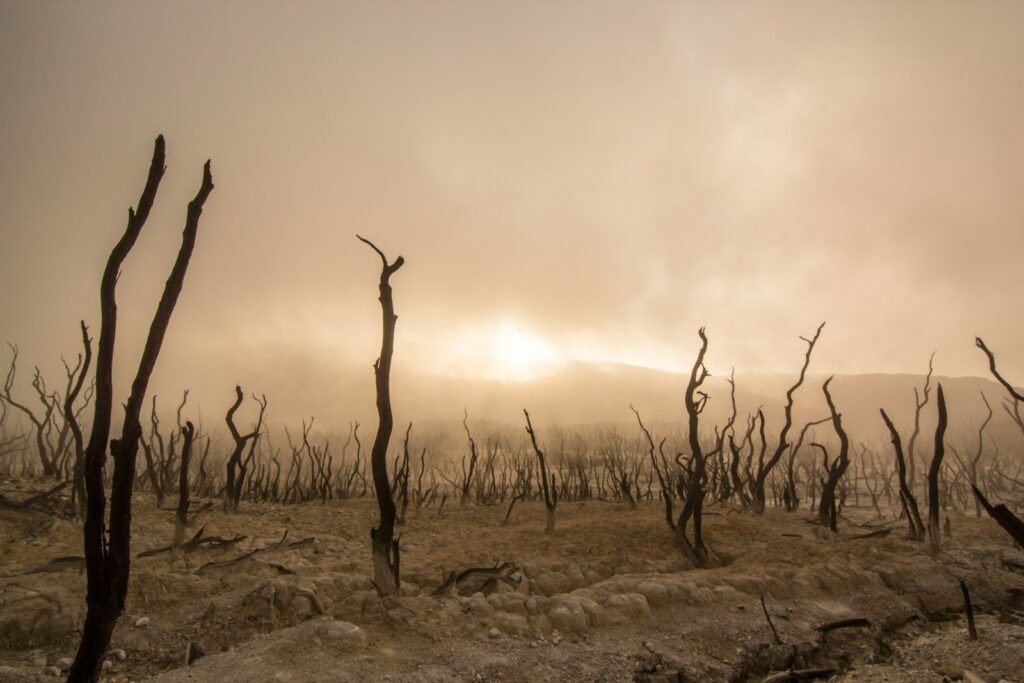
The field of fire ecology is rapidly evolving, with new research continually deepening our understanding of fire’s role in ecosystem health and wildlife habitat. Advanced technologies like remote sensing, drone-based mapping, and sophisticated fire behavior modeling are revolutionizing how managers plan and implement restoration burns, allowing more precise targeting of ecological objectives while minimizing risks. There’s growing recognition that successful fire restoration requires a landscape perspective rather than isolated treatment units, with emerging emphasis on creating strategic patterns of burned and unburned habitat across large areas to maximize wildlife benefits. The concept of “pyrodiversity”—deliberately varying fire seasonality, frequency, and intensity to create diverse habitat conditions—represents a promising direction for wildlife-focused fire management. Public perception of fire is also gradually shifting, with increased media coverage of fire’s ecological benefits helping to balance the traditional focus on fire’s destructive aspects. Looking forward, the most successful conservation programs will likely be those that fully integrate fire management with other restoration tools, recognize indigenous contributions to fire knowledge, adapt to climate change realities, and effectively communicate fire’s essential ecological role to diverse stakeholders.
Conclusion: Fire as a Conservation Ally
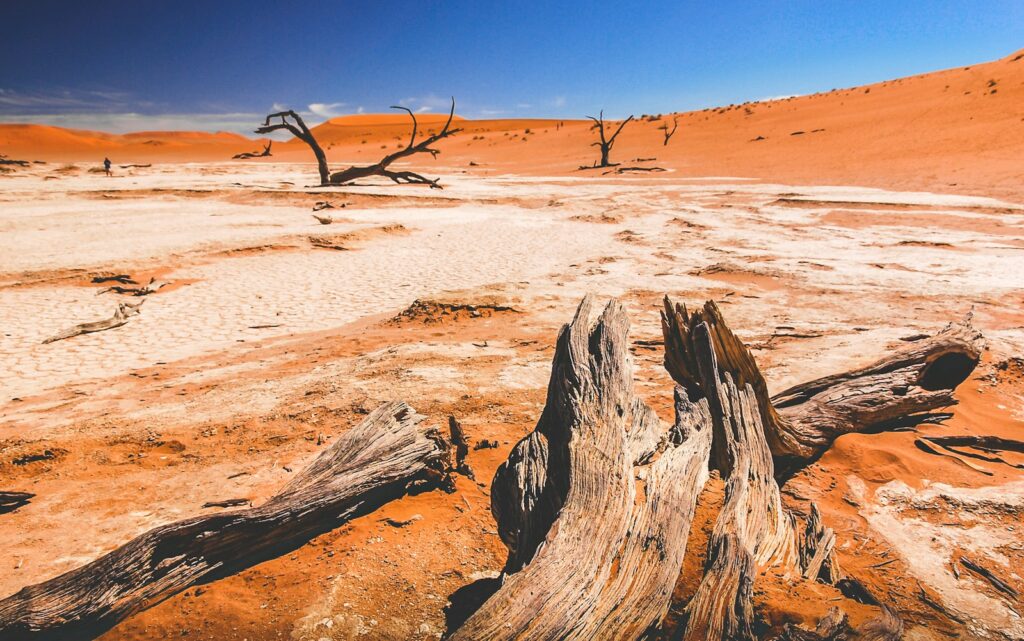
Fire’s role in restoring wildlife habitats represents a profound shift in ecological understanding—from viewing fire primarily as a destructive force to recognizing it as an essential ecosystem process. This perspective change mirrors broader developments in conservation science that emphasize working with natural processes rather than against them. When properly applied through science-based management and traditional ecological knowledge, fire creates the diverse habitat conditions that support biodiversity across countless ecosystems worldwide. The path forward requires balancing ecological burning needs with human safety concerns, adapting to climate change realities, and continuing to build public understanding of fire’s constructive role in nature. As conservation challenges intensify globally, fire management stands out as one of the most powerful and cost-effective tools available for landscape-scale habitat restoration. By reestablishing appropriate fire regimes, we don’t simply manage ecosystems—we help restore their fundamental ecological processes, allowing them to function as the dynamic, resilient systems they evolved to be. In this light, fire emerges not as a threat to be eliminated but as a powerful ally in wildlife conservation and ecosystem health.

